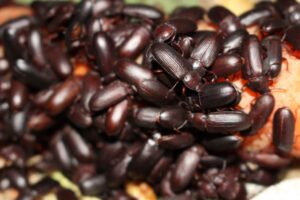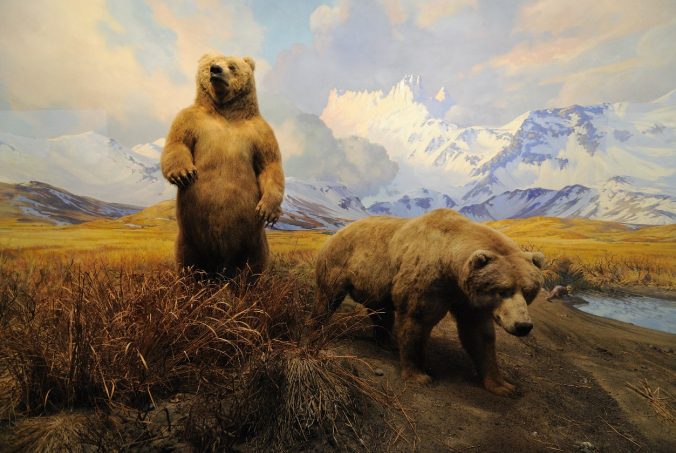When most people think of taxidermy, they imagine stuffed animals or skulls. With modern taxidermy, dermestid beetles are the choice for skull cleaning. This field hasn’t been only about cleaning your trophy. It’s been the technique for studying animals, taking measurements, and cataloging species for many years. Continue reading for interesting facts about taxidermy you probably didn’t know.
Taxidermy Became Mainstream in the Early 19th Century
The demand for leather at the time required preserving animal specimens. Naturalists began preserving and cataloging species while Victorians would dress stuffed animals for show. Sometimes they’d even be creative and form surrealistic creatures with extra legs and multiple heads.
Captain James Cook and Charles Darwin Were Early Taxidermists
During an expedition in 1771, Captain Cook brought kangaroo skin back to England, but he wasn’t the only early explorer interested in the process of taxidermy. Charles Darwin’s skills as a taxidermist gained him passage on the HMS Beagle in the early 1800s. In 1798, Captain John Hunter surprised people with a specimen of a duck-billed platypus, which many people hadn’t seen before.
First Taxidermy Competition Was in 1880
Competition was the latest in taxidermy at the time. Taxidermist William Hornaday became notable in this sport when he won the top prize for a diorama. The scene, featuring two male orangutans fighting over a female, was awarded for its scientific accuracy. Other taxidermists soon took on the challenge of replicating nature in great detail.
A Specimen Is an Exact Replica of an Animal
True taxidermy replicates an animal exactly as it appeared in the wild. A trophy is a variant but, instead, it refers to animal skulls, such as a deer head, mounted on a wall. Cleaning a furbearer as a trophy is fine, but you’d need to have the entire skin and fur intact, and the animal represented in its natural surroundings, for it to be a specimen.
Taxidermy Has Many Uses
Aside from creating trophy skulls, taxidermy has many applications. The dioramas found in natural history museums around the world are perfect examples. There are 29 million animal specimens contained in London’s Natural History Museum.1 The Victorians were known to depict dead animals as art in their homes. From small animals such as butterflies to large creatures such as crocodiles, taxidermy is found in a nearly limitless array of settings. It has been used to depict animals in heroic stances and preserve pet dogs and other animals after death.
Beetles Are the Best Taxidermists

You can buy beetles online, and your colony will do the job if properly cared for. Or, you can send animal skulls to Kodiak Bones & Bugs Taxidermy, and we’ll let our flesh-eating beetles skeletonize it before shipping it back to you. Contact us today to learn more.

